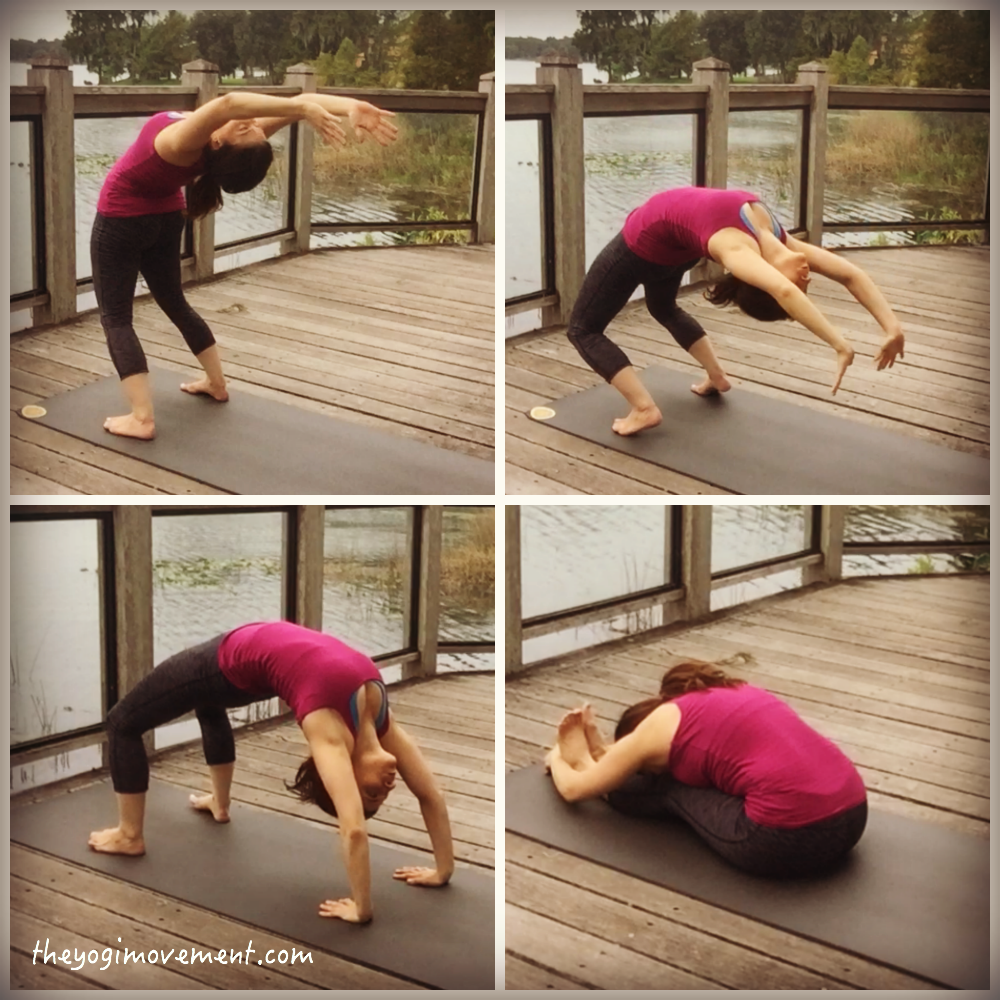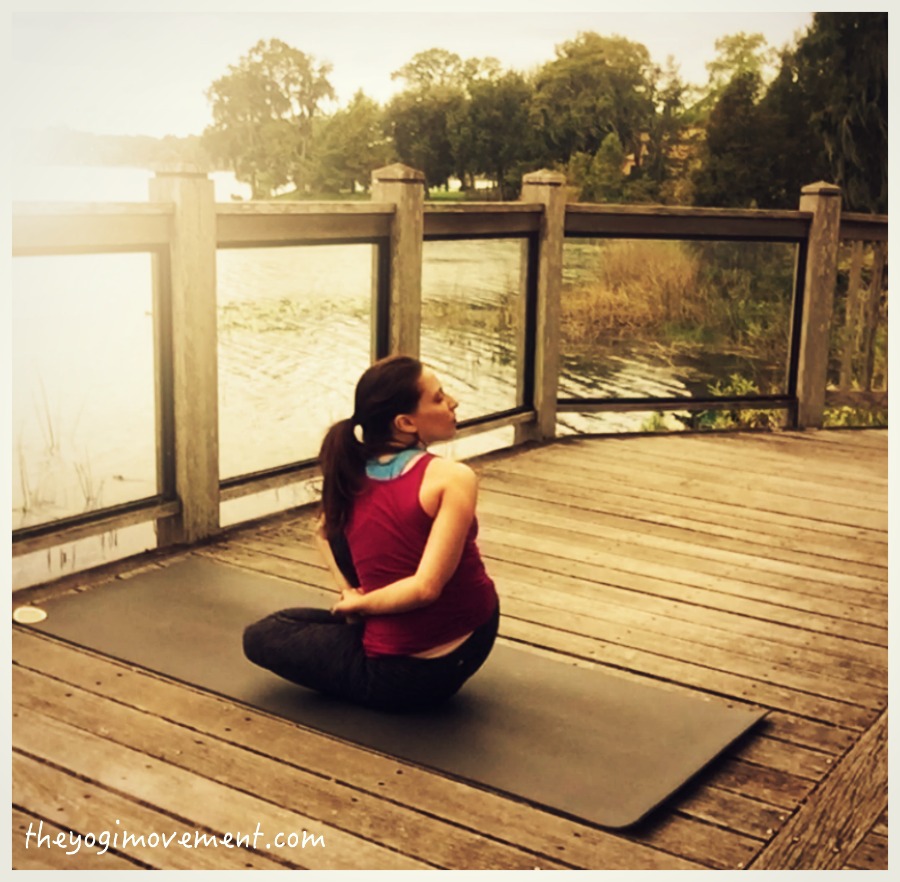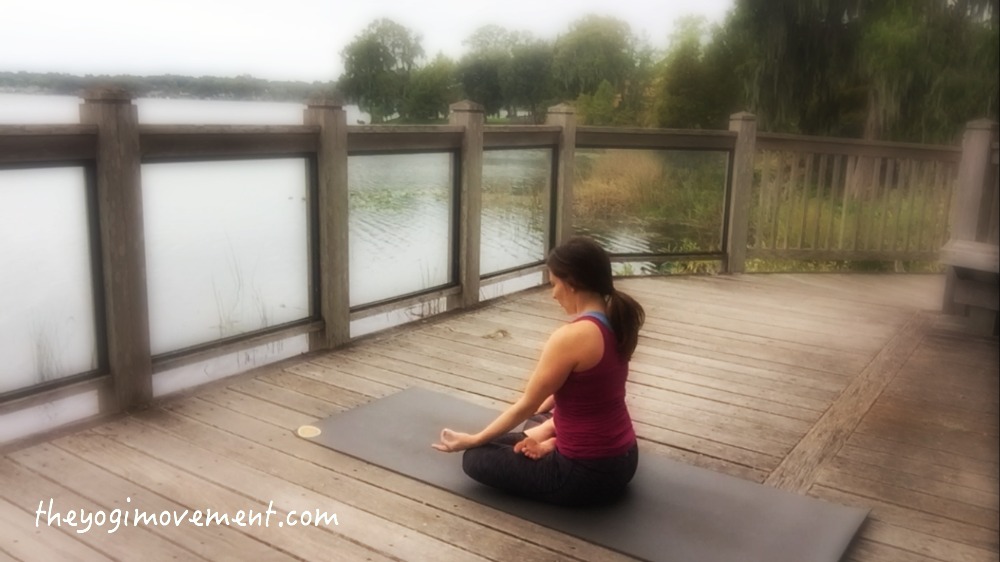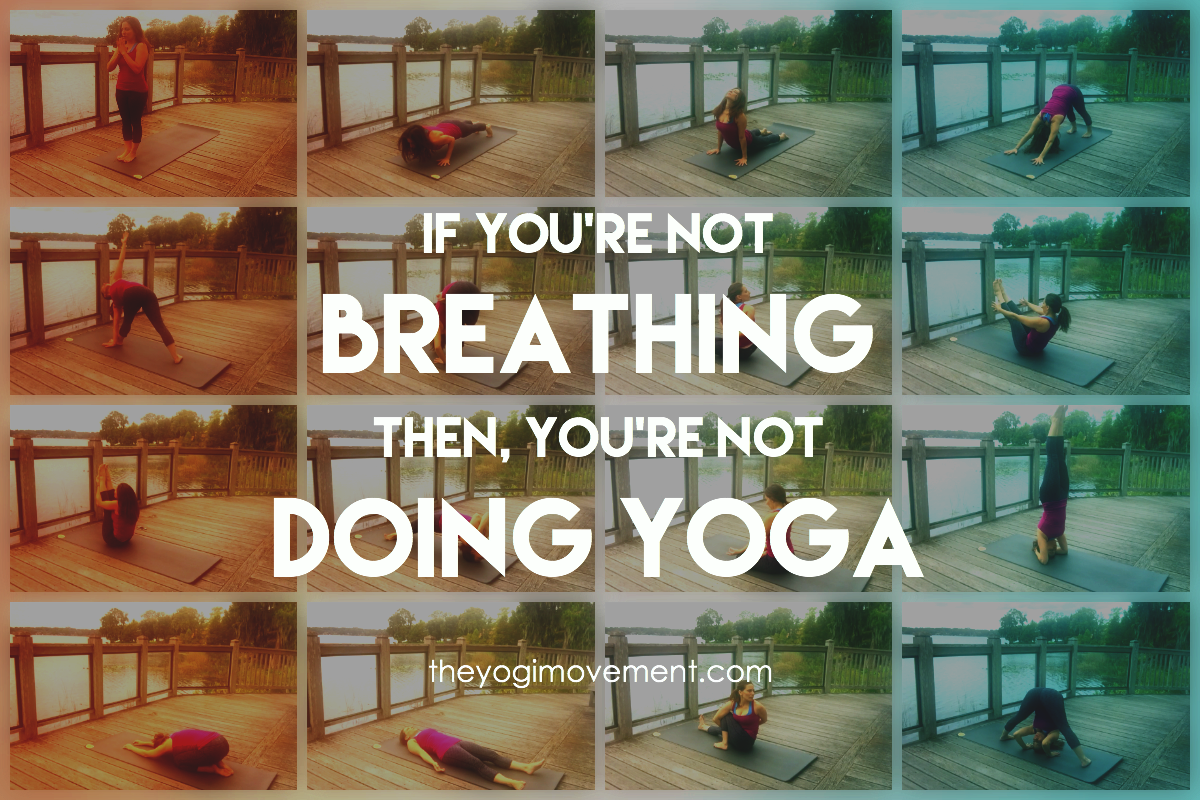October has been going by quick! I’m in the middle of the happiness project, and I have some work to do to accomplish everything I’ve set out to do.
I have total faith I can do it all though. I think for the first time I have given myself a realistic time frame and an actual plan of action.
It’s taken me 36 years, but better late than never, right?
- So far I have cleaned out my bathroom and areas of my bedroom.
- I’m consistent with making my bed every morning and cleaning the dishes daily.
- I didn’t practice yoga at all this weekend, but I just recommit everyday.
I still need to:
- Meditate daily.
- Find an additional exercise.
Today I did my full practice for the first time since I started back from my surgery. I’ve been practicing, but this was the first full primary series, vinyasas and all.
Since I’ve started back I’ve been pretty tight all over, and a little nervous about doing backbends because my incision was on my lower belly. Today, I did my first dropback in a long time, and even though I felt tight tight tight, it felt great!

Marichyasana D and Supta Kurmasana are my most troublesome postures. I constantly go in and out of them. Supta Kurmasana is a posture that’s surprising when I can do it. Marichyasana D is a posture that I’ll go through phases with. I can do it with ease for a year, and then something happens and I can’t do it for a few months. My body will completely tighten, and I just can’t find the bind.
Really, these postures are just shapes. I’m still doing Marichyasana D even if I’m not going into it super deep.
The real practice is just doing it daily, breathing through it, and accepting yourself exactly where you are. Then, trying again tomorrow.
I was so surprised today because I did the Marichyasana D bind on both sides! The problem was that on the left side, I couldn’t breathe easy. It was super tight.
I had to take a little longer in the posture to really feel what’s going on to find a calm breath deep within.
[Tweet “The real work is to find the breath when it’s difficult.”]

Once of the greatest challenges is actually maintaining a simple and steady breath in the most challenging of postures. We bring everything we’ve ever dealt with onto our yoga mat when we take practice. All of our beliefs, judgements, fears, criticisms, and emotions are rolled out right out in front of us.
When things are uncomfortable there’s a tendency to panic, hold your breath, and get out of that situation as fast as possible. If we follow that, then we’ll never actually deal with the issues right in front of us.
Change starts on the mat.
Our yoga practice doesn’t erase our feelings, emotions,or our past, but becomes a tool to help us untangle these impressions that cause us pain and suffering. Through the breath, we slowly understand our mindset and make positive changes.
One of my biggest takeaways through my breath was how I treated myself. I’d notice that I was so hard on myself. I would constantly be competitive during my practice. I wanted to always do more advanced postures and was jealous of people who could do them so easily and gracefully. I would judge myself and judge others. Random thoughts would come up about things that happened at work or conversations between friends, and I would always talk down to myself.
It wasn’t until I was practicing daily that I realized my negativity was self induced. I was creating it, and I needed to change it. I wanted to be a happier person and an enjoyable person to be around, so this needed to change.
Compassion and love starts with yourself. You can do this through a deep and steady breath.
If you’re not breathing, then you’re not doing yoga. Plain and simple.

There’s no wrong way to do yoga because it works no matter what. Just let the practice evolve and teach you. When your mind runs off, bring it back to the breath. Even if you have to bring it back every 3 seconds. There’s nothing wrong with that. Sometimes it’s just breath and movement. Other times it’s battling demons.
When I first started practicing yoga I was more interested in the end result of the posture than the subtleties of the breath. In fact it took me years before integrating pranayama, or breath control, into my daily ritual. Only after my teacher, Sri K. Pattabhi Jois, directly taught me the Ashtanga yoga method of pranayama was I willing to go to this powerful place within. I have now come to understand that without the breath there is in fact no yoga and I am now as inspired by the breath as I am by the postures, if not more. Accomplished postures, acrobatic movements and floating handstands are all just tricks without the steady focus on the breath that is the heart of yoga.-Kino Macgregor
Just keep practicing and tell me what happens that first time you really connect with your inhale and exhale!
You are absolutely perfect,


Leave a Reply